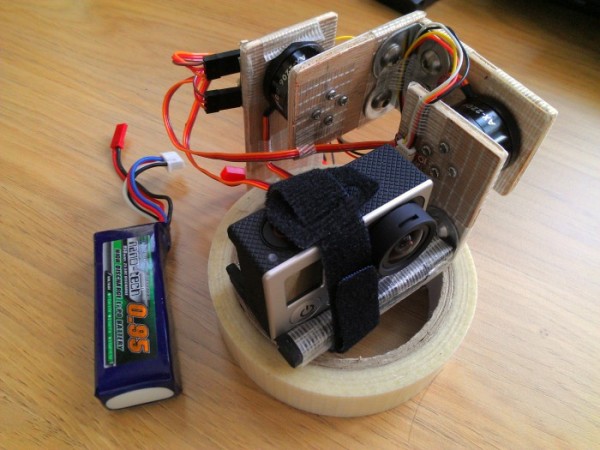Warranty? We don’t need no stinking warranty! We’re hackers, and if you have access to a multi-million dollar CNC machine and 3D CAM software, you mill your own headphone replacement parts rather than accept a free handout from a manufacturer.
The headphones in question, Grado SR325s, are hand-built, high-end audiophile headphones, but [Huibert van Egmond] found that the gimbal holding the cups to the headband were loosening and falling out. He replicated the design of the original gimbal in CAM, generated the numeric code, and let his enormous Bridgeport milling machine loose on a big block of aluminum. The part was drilled and tapped on a small knee-mill, cut free from the backing material on a lathe, and bead-blasted to remove milling marks. A quick coat of spray paint – we’d have preferred powder coating or anodization – and the part was ready to go back on the headphones.
Sure, it’s overkill, but when you’ve got the tools, why not? And even a DIY CNC router could probably turn out a part like this – a lot slower, to be sure, but it’s still plausible.
Continue reading “High-end Headphones Fixed With High-end CNC Machine”

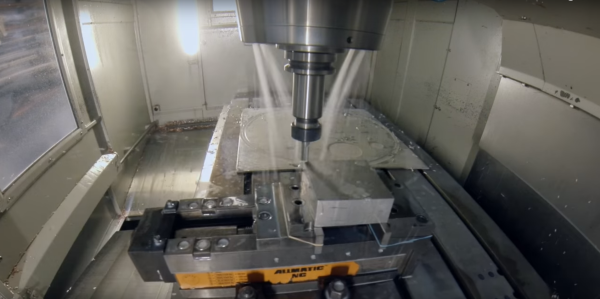

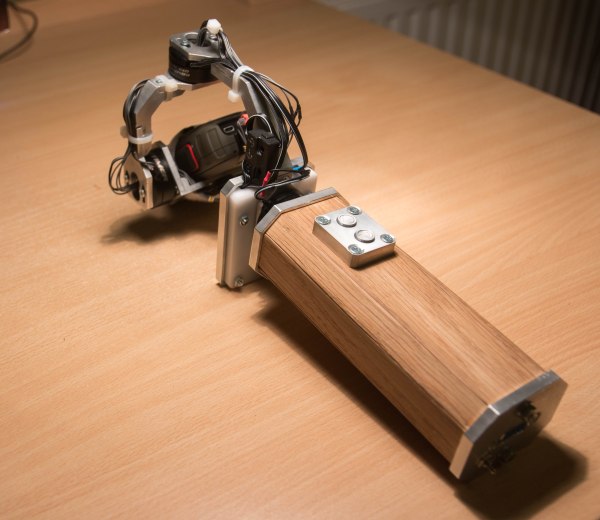
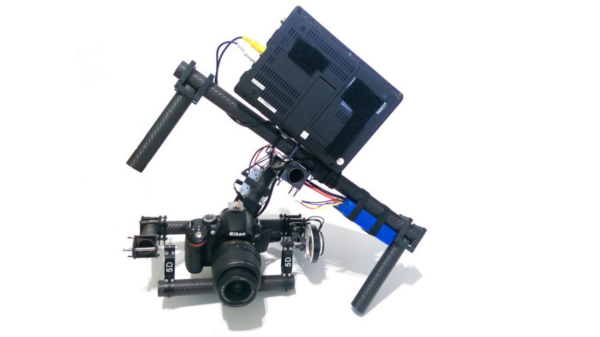
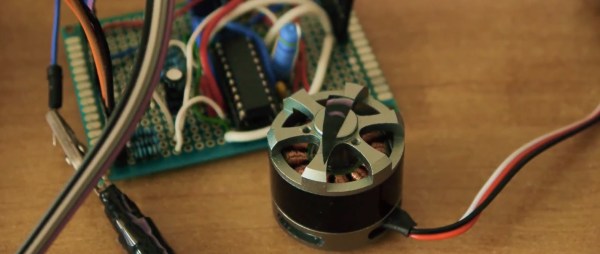
 A warning is warranted – this is not for the faint of heart. You can easily destroy your microcontroller if you’re not careful. [Ignas] added several current limiting resistors and capacitors as advised in the
A warning is warranted – this is not for the faint of heart. You can easily destroy your microcontroller if you’re not careful. [Ignas] added several current limiting resistors and capacitors as advised in the 